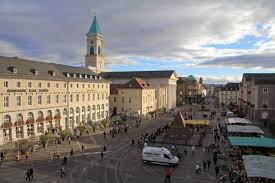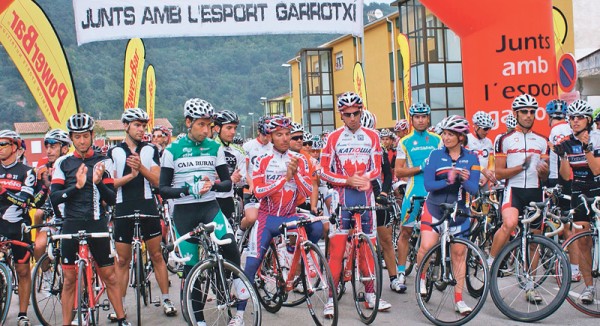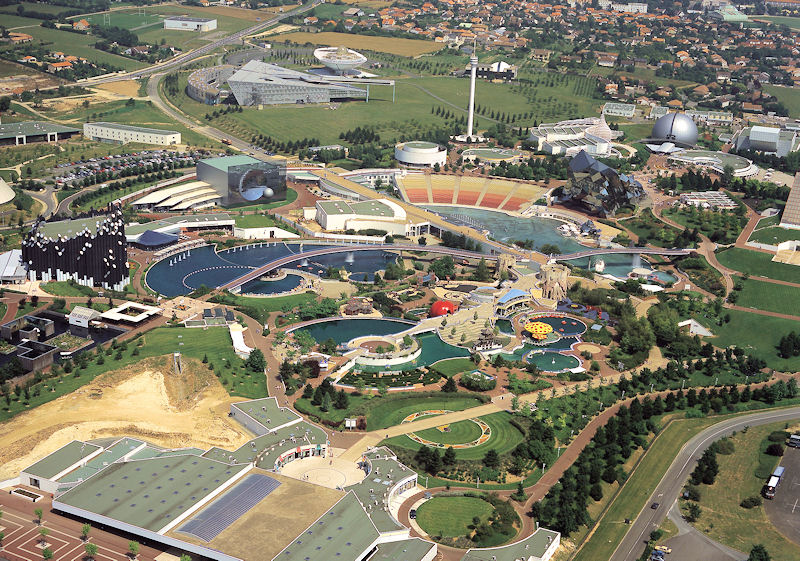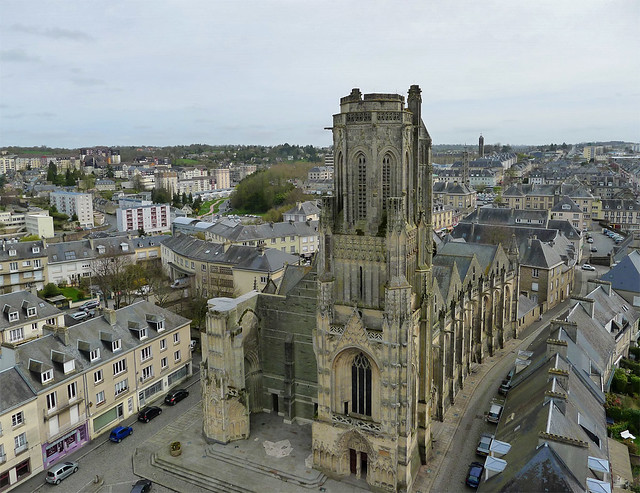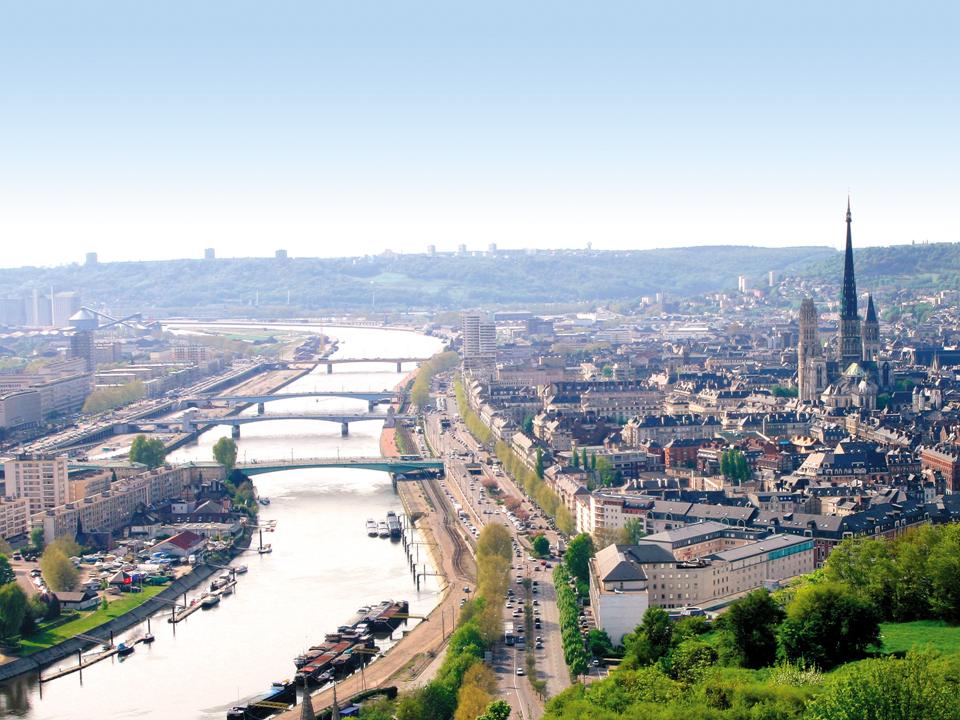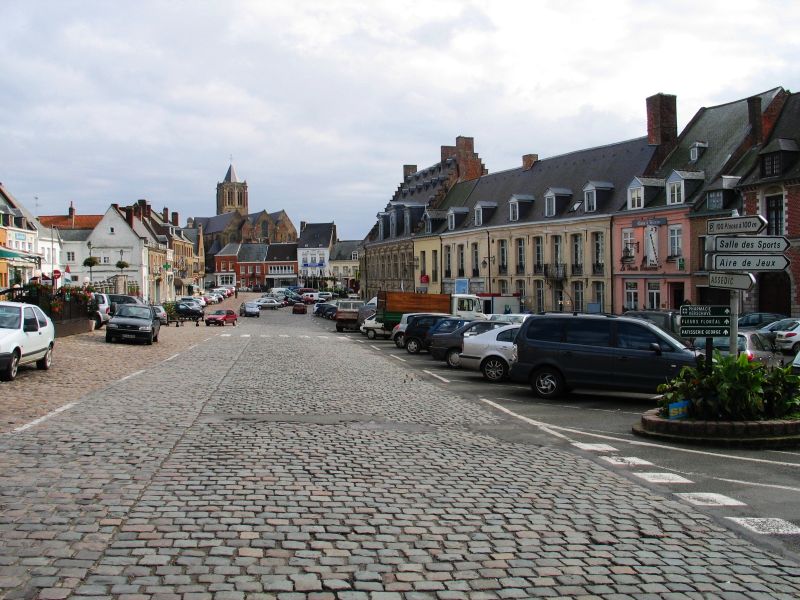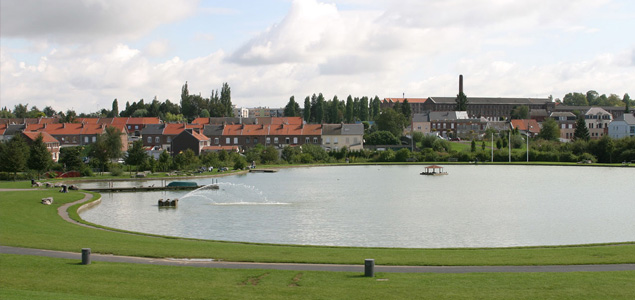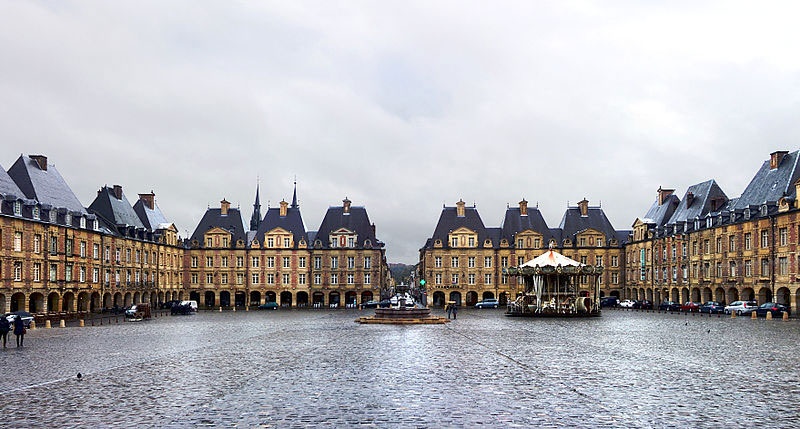Stage 6: Lillers - Caudry, 167km
Climbs: none
Secteurs Pavé:
1. (94km) Warlaing - Brillon (2400m) ***
2. (90km) Tilloy-les-Marchiennes - Sars-et-Rosières (2400m) ***
3. (64km) Rue Crespin - Chemin des Bas Prés (3000m) ****
4. (49km) Chemin des Postes (2300m) ****
5. (46km) Rue de Bermerain (1200m) **
6. (34km) Saint-Martin-sur-Écaillon - Vertain (2000m) ***
7. (25km) Saint-Python (1500m) **
8. (22km) Saint-Python - Quiévy (3700m) ****
9. (18km) Quiévy - Viesly (1800m) ***
10. (11km) Inchy - Troisvilles (Rue Jean Stablinski)(2200m) ***
After a short transfer from Cassel to the light industrial town of Lillers, which hosts an moderately important amateur one-day race, often useful for indicating Classics talents to come (although rather inexplicably once won by Robert Millar!), the riders tackle the hardest stage of the first week. Yes, it's 60km shorter than yesterday's battle in the côtes of French Flanders. But this is something entirely different: a brutal monster of a rouleur's stage with no fewer than 22,5km of the challenging cobbles that dot the landscape of northern France and make April into a season beloved of the aficionados of this sport.
The early part of the stage, that is to say the irrelevant part, stays mostly straight and true, passing through
Béthune and Lens. This is mining country, or at least former mining country, so the cityscapes are dotted with the occasional
slag and spoil heaps, which could one day be turned into little climbs to use like the VAM-Berg in the Ronde van Drenthe. But - let's be honest here - we're not in the Heuvelland now, so this region to cycling enthusiasts is not about climbing. It's about pavé. Lots and lots of pavé. I have divided the pavé in my course into 10 sectors. I must add a couple of caveats here:
- firstly I will apologize to Echoes. They were pleased by my Paris-Bruxelles route with a number of previously unknown cobbled sectors, and I said I had been inspired a little by them. The reason I had come to it was because I was looking at ideas for a cobbled stage for the Tour (which I know Echoes hates) and their unfinished attempt at Paris-Bruxelles included some sectors away from the usual Paris-Roubaix routes.
- this stage was set before the 2015 Tour route was announced. Bits and pieces of this route have been tweaked, stages moved and re-designed, however this one was set. The 2015 Tour does a couple of similar things to this stage, namely using the early cobbled sectors from Roubaix, which usually serve as little more than a precursor to the Trouée d'Arenberg, as decisive sectors in order to stay clear of using the obvious areas.
After heading south of Lille, we turn northeast to head toward the Belgian border, and this means taking our first sectors of cobbles in the same direction as they are handled in Paris-Roubaix. The first two are quite separated from the subsequent sectors, and serve as a nice warm-up. The first sector, from Warlaing to Brillon,
starts off comparatively benignly but eventually becomes
dusty and rough. This is followed almost straight away by the
Tilloy-les-Marchiennes sector, which is 2400m in length also, but in comparatively good condition owing to being on a relatively commonly-used road route; many of the pavé sectors in Roubaix are seldom used outside of by cyclotourists, but this one sees at least occasional traffic.
The intermediate sprint in the old industrial town of
Saint-Amand-les-Eaux comes just after the halfway point, but can really be seen as just that, separating the comparatively benign first half from the brutal second. As we pass the 100km mark, we hit our first real tough sector of pavé, around Vicq. This 3km stretch of cobbles is the one I stole from Echoes; I am going in the opposite direction to them, however, so we start with the partially-asphalted Rue Voltaire, which eventually
loses the asphalt entirely; this gives way to the
Rue Crespin, which in turn gives way to the longest part of the sector (over half of it), the most brutal of the three, the
Chemin des Bas Prés. This includes some potentially slippery turns and will be very dusty if dry, very muddy if wet. Although there will be around 60km remaining here, this will probably be where the first real selection is made.
After this sector finishes, however, there is over 10km of tarmac as the riders circumnavigate the city of Valenciennes. There then follows the second of my big cobbled sectors that fly under peoples' radars, the savage
Chemin des Postes. The vast majority of this sector is absolutely ramrod straight and the cobbles worsen in condition, however the last part, after crossing a stream, features
curves in the road and mild climbing, although the condition of the road is quite good for this part to mitigate that. No sooner have the riders got off of this sector than the next begins, the short but rough
Rue de Bermerain. Nearly 11km of tarmac follows this, although it is mostly on slightly uphill false flat. I would have expected groups to have started to form by this point, and there to be a great many dropped riders who will want to make use of this stretch without any cobblestones to try to negate that.
With 34km remaining, the riders head out of Saint-Martin-sur-Écaillon and head towards Vertain on the first of 5 sectors that Paris-Roubaix tends to include early in the race, in the opposite direction. The first is
this scenic stretch which has a high, grassy crown in the road and is 2km of dust and grit. It is followed by 7km of tarmac, and then we reach the point at which, if we have had conservative racing to this point, it will stop and the fireworks will commence. From Saint-Python to Viesly by the route the riders take it is 9km (commencing at 25km from the finish); during this period they handle 7km of cobbles (!!!) split over 3 sectors. Saint-Python is 1500m of
slightly uphill grind, followed immediately by the longest sector of the day, 3700m between Saint-Python and Quiévy. In Roubaix it is very early on, and sees
much larger groups together than I would expect here. Road conditions
aren't the worst you'll ever see but they are enough to certainly be felt after nearly 4km straight off the back of another sector. There's just over a kilometre of tarmac through the village after this before the
penultimate sector, a rough and nasty road of just under 2km from Quiévy to Viesly which finishes at 16km remaining. At this point, groups should be all over the place, but if they aren't there's one more chance remaining, which is on the
grassed-up cobbles from Inchy to Troisvilles, also known as Rue Jean Stablinski after the great cyclist from the region, whose memory is always evoked during Paris-Roubaix due to his work on and with the race and the memorial at the Trouée d'Arenberg. In the Hell of the North this is the very first sector; today in the Tour de France it is the very last, being exited with 8,8km remaining in the stage, which takes the form of a fast and sweeping charge through some sometimes narrow roads into the famous lace town of Caudry. There are a couple of corners in the last 500m, but I wouldn't expect to see large groups here, and they aren't tight corners either. Caudry is home to around 10-15000 people… with its history and lace tradition it ought to be able to bring the Tour in, but if ASO are insistent on more money, we just move the finish to Cambrai and clone the 2015 stage run-in, I guess. The rouleurs should surely take this one, but there could be some significant impacts felt by the GC contenders here as rouleur week continues apace in Le Tour.
Lillers:
Caudry:



